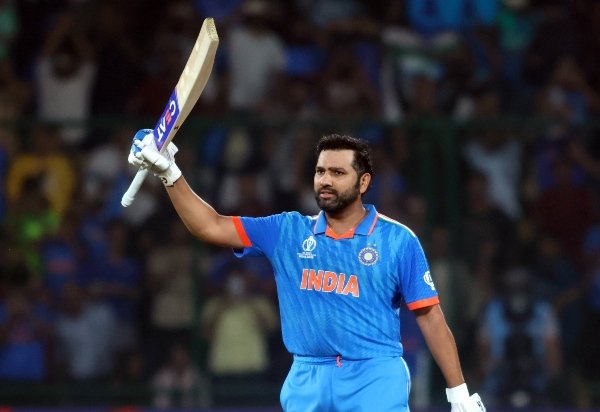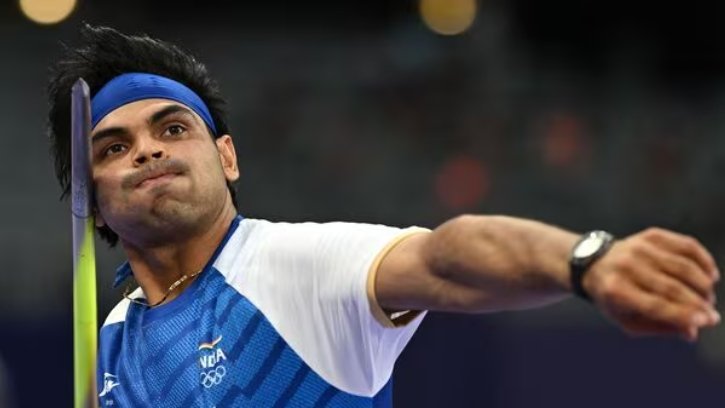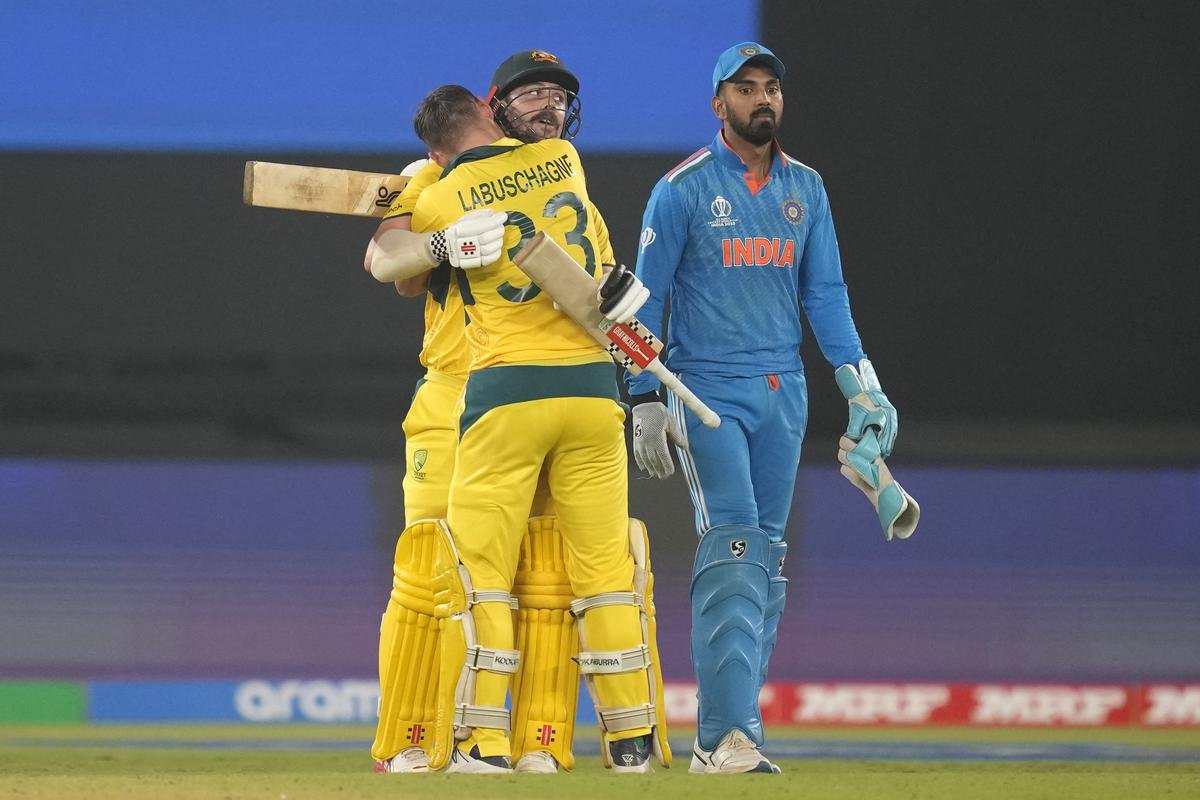It took two Super Overs to decide the fate of India’s third T20I against Afghanistan. Rohit Sharma’s outstanding performance with a record 5th T20I hundred and crucial boundaries in both super overs led India to a series whitewash victory.
However, Rohit Sharma coming in to bat for the second Super Over sparked a debate.
What happened in the Super Overs?
Rohit, along with Jaiswal, batted in the first super over. Before the last ball, Rohit retired himself out, bringing in Rinku Singh. In the second super over, Rohit returned to bat alongside Rinku Singh.
What do the rules say about batting in Super Overs?
According to MCC playing conditions (25.4.2), if a batter retires due to illness, injury, or unavoidable causes, they are entitled to resume their innings. If not, they are recorded as ‘Retired – not out.’ If retired for other reasons (25.4.3), resuming the innings needs the opposing captain’s consent.
In the case of a tied Super Over, ICC rules state, “Any batsman dismissed in any previous Super Over shall be ineligible to bat in any subsequent Super Over.” The officials haven’t clarified if Rohit was retired out or retired hurt. If the latter, he would be eligible to bat again since he was not out in the first Super Over.










